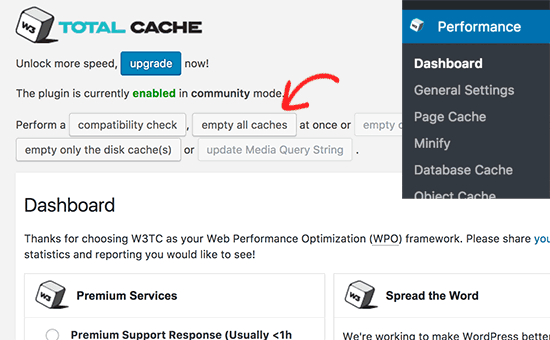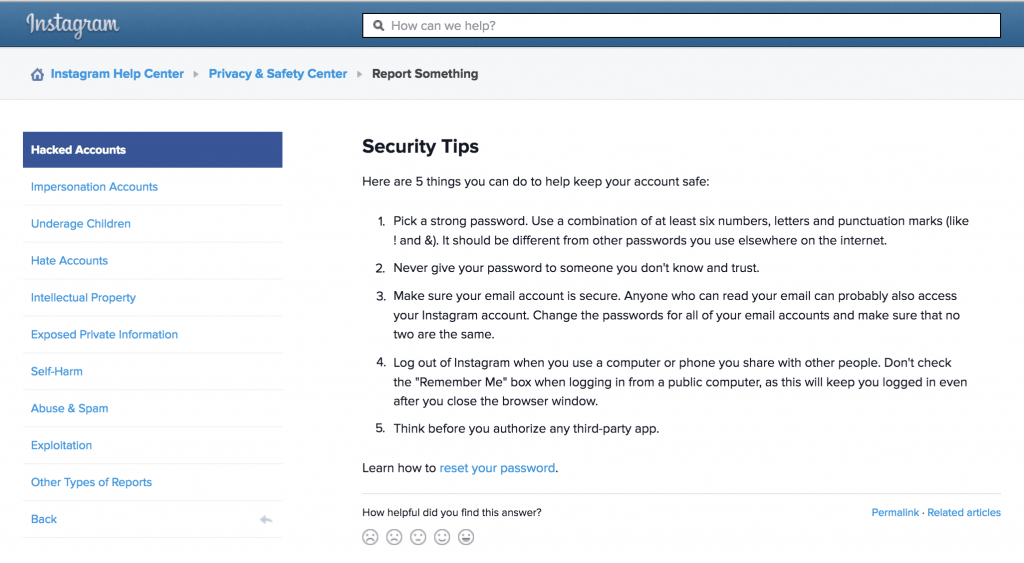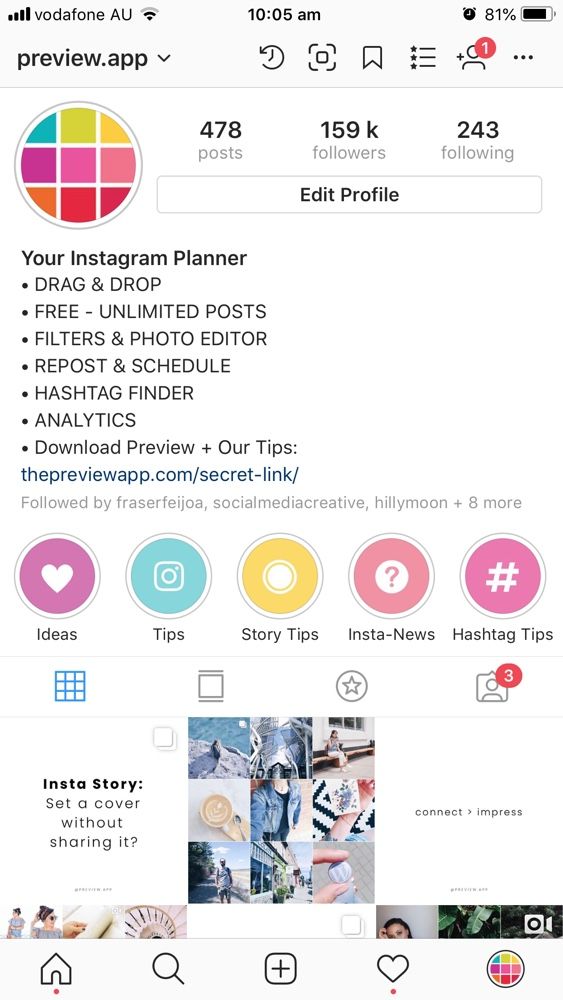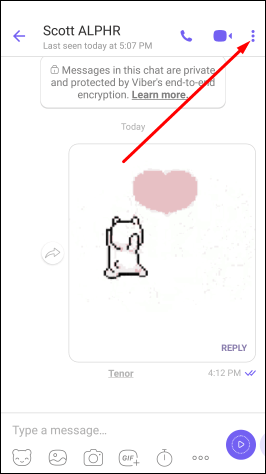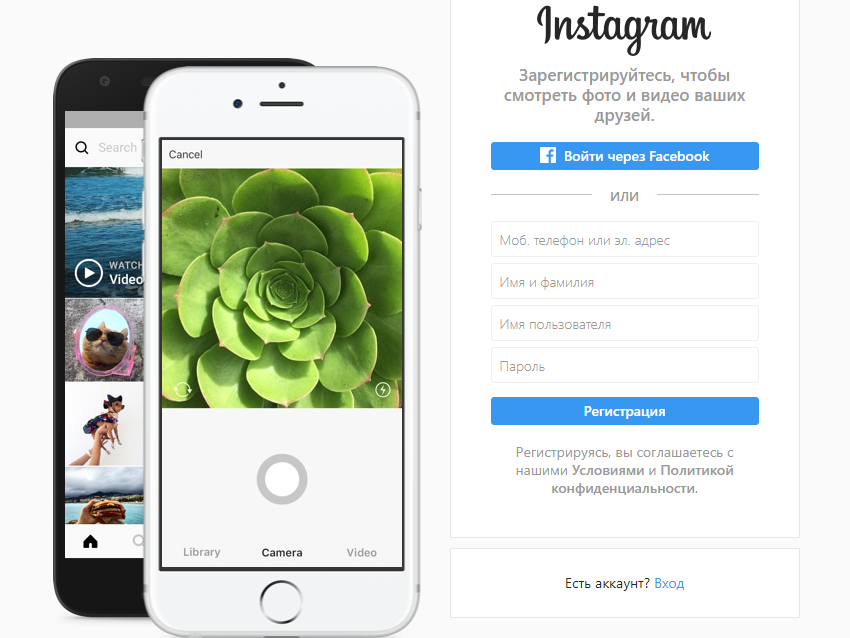How to advertise shopify store on instagram
How To Promote Your Shopify Products on Instagram in 2022
Grow Your Sales By Promoting Your Shopify Store on Instagram
Instagram has long ceased to be just a platform for sharing pictures and videos. It now offers many features and opportunities that you can leverage to promote your Shopify products.
Since late 2020, Instagram has become a lot more business-friendly after upgrading its “Activity” tab for users and replacing it with the “Shop” tab. There is also the Instagram Shopping feature that allows you to link your Shopify account with your Instagram account.
These features and several others have provided brands, and business owners access to a large customer base, and have made it easier to tap into the commercial side of Instagram.
If you are yet to start promoting your Shopify products on Instagram, then you are missing out on a massive opportunity to reach a larger audience, get more customers, achieve better conversion, and ultimately grow your revenue.
You will learn all the tips and tricks for successfully promoting your Shopify store on Instagram in this post.
Why Your Shopify Store Should Be on Instagram
These days, hardly any business can overlook the need to leverage social media as a tool for marketing products and services.
With Instagram, you can easily showcase your Shopify products in a creative and engaging manner to a larger audience. Many customers now prefer learning about new products and brands through the Instagram Shopping feature and making purchases easily.
Let’s consider MVMT Watches, a Los Angeles-based watch company, as an example.
By implementing a marketing strategy with Instagram, they realized $100 million in revenue in less than five years. They created a business account on Instagram and integrated it with their Shopify store, allowing them to improve their product promotion easily. They have also gained over a million followers on Instagram and have close to two hundred thousand Instagram posts under the hashtag #mvmt.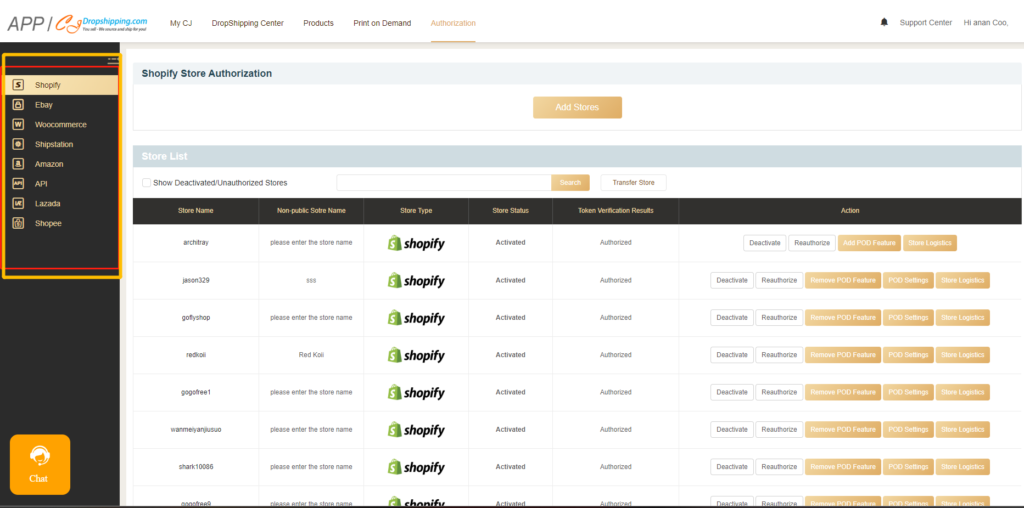
If you want to replicate the success of MVMT on any scale, then your Shopify store should be on Instagram. If you are not convinced enough, here are a few other reasons why your Shopify Store should be on Instagram.
1. Wide Reach
As of December 2021, Instagram has 2 billion active users, and about 80% of the total number of active Instagram users follow at least a business account. This means that your can reach a large audience by leveraging Instagram. What’s more, you can tap into it at no cost.
Using several available features and supportive tools, you can easily tag your products in posts, open a storefront online and ensure a smooth buyer experience right from the point of discovery to the final point of checkout.
2. Instagram Makes Shopping Easy
Statistics show that 60% of Instagram users search for new products on the platform. A study by Facebook also showed that about 54% of them made a purchase immediately or shortly after discovering a product.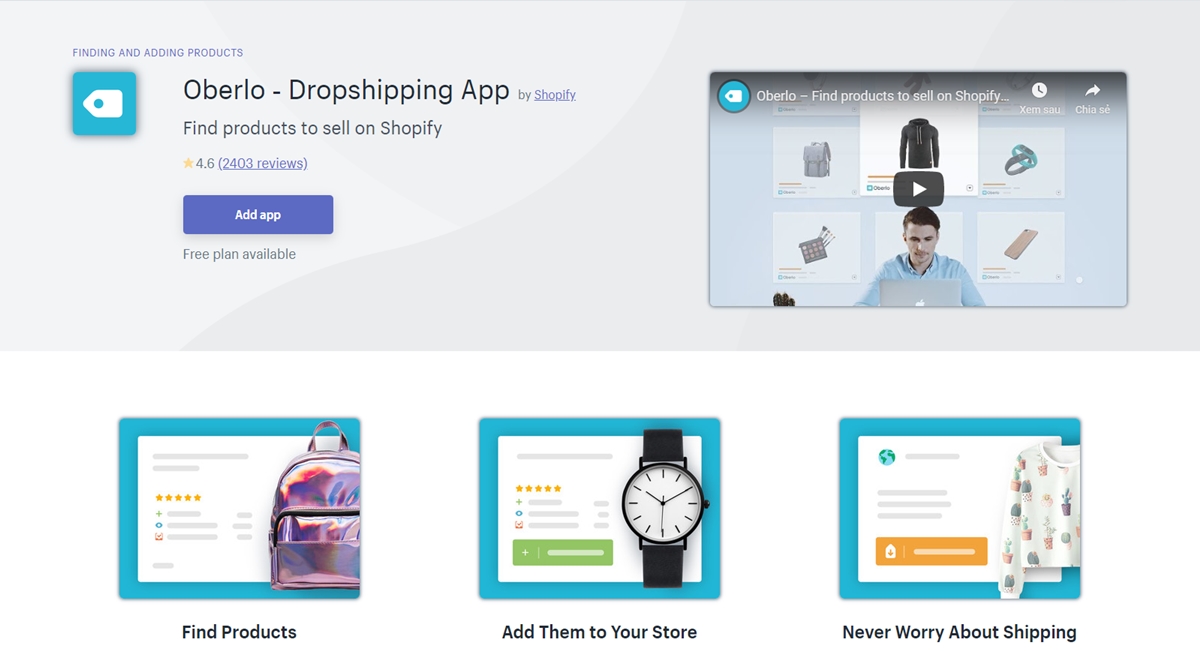
And Instagram makes it easy for shoppers to discover products. This is possible with the clickable shopping bag icon that showcases more information about the product and a “View Products” button that will lead them to your Shopify store (see picture below). This makes the shopping process a very smooth and seamless one for users.
Source
3. Access to Enhanced Product Marketing
Instagram Shopping allows you to generate sales directly to your Shopify store. You get enhanced product marketing by using authentic images and videos.
You can also improve your customer relationships and loyalty with special offers and discounts.
Instagram is an excellent way to get more people to buy more of your products. But, you have to be strategic about it to see results.
How to Set Up Instagram Shopping for Your Shopify Store
To start promoting your Shopify products with Instagram Shopping, you’ll need to take the following steps:
Step 1: Set up Facebook Channel in Your Shopify Store
The first thing you have to do is set up a Facebook Channel so that you can add your Shopify products on there. This will make it possible to tag all the products you have uploaded on your Facebook channel on your Instagram feed and stories.
This will make it possible to tag all the products you have uploaded on your Facebook channel on your Instagram feed and stories.
Step 2: Create an Instagram Business Profile
The next thing is to set up an Instagram Business profile. If you already have a personal account you want to convert to a business account, you can just switch to a business account from the settings menu. If you do not have an account at all, simply fill out the signup form and tap on the “Switch to Business Profile” in the Settings menu.
Note that you cannot use the Instagram Shopping feature if you do not have a business account. To qualify to use the Instagram Shopping feature, you must meet the following Instagram merchant policy requirements:
- Have an Instagram Business account
- This account has to be linked to a Facebook page containing a catalog of your products
- The Instagram Shopping feature has to be available in your region
- You must sell only products and not services
If your business meets all these requirements, you can apply for a review.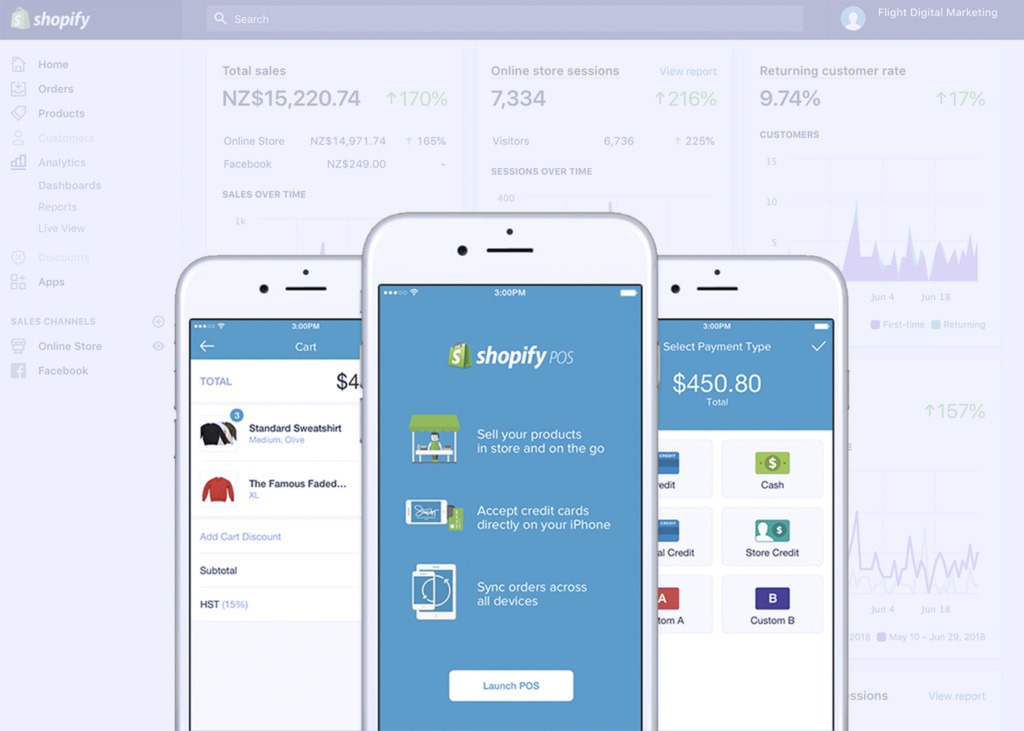 To do this;
To do this;
- Go to the Settings menu
- Then go to the Business tab
- Click on the “Sign Up for Instagram Shopping”
- Follow all the necessary instructions and click Submit
This review may take between 2 to 3 days before Instagram approves your request. Once you get approval, you will notice the Shopping option when checking the Settings menu.
Step 3:Turn on Instagram Shopify and Set Your Products on Sale
Immediately Instagram approves and activates your business profile; you have to turn on the Shopping feature to tag images you post to start receiving orders from customers. Here is how to do that:
- Click on Profile Settings
- Next, click Shopping in the drop-down menu
- Click Continue
- Then, link your Facebook Channel to your Instagram business profile, and you are set to start selling.
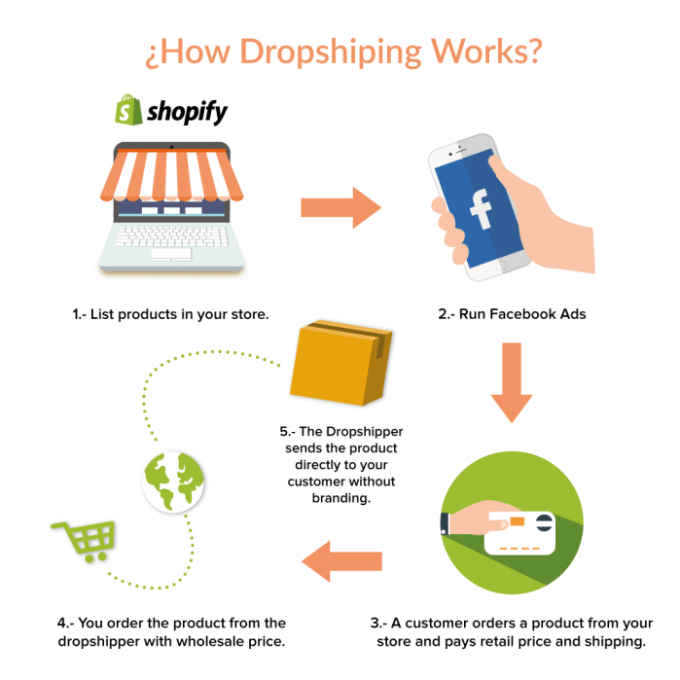
Step 4: Add Products to Your Instagram Posts
It is important to use high-quality images and high-resolution videos that will catch your audience’s attention. You also want to ensure that you upload your product images with creative and engaging captions that will trigger people to take action. The more attractive your product images are, the more attention you’ll get from your customers.
Remember to tag your products to their respective Shopify links. Keep in mind that you cannot tag more than 5 different products on each of your images or videos.
Ensure that the image name you use on Instagram is the exact one you used on your Facebook channel. Share your images, and you are set to take your orders.
Step 5: Create Instagram Stories
Another avenue you have to sell your product is through Instagram Stories. You can create Instagram stories for your Shopify products to showcase them and give some information about them.
Instagram stories are, however, only visible for 24 hours. You can choose to keep them as highlights to preserve them on your Instagram page indefinitely.
You can choose to keep them as highlights to preserve them on your Instagram page indefinitely.
Instagram stories are an excellent way to capture the attention of potential customers, and you can always leverage them to promote your Shopify products.
These are all the steps you have to follow to sell your products on Instagram.
Instagram Features You Can Use To Promote Your Shopify Products
Before considering the strategies top Shopify stores use in marketing their products on Instagram, let us take a quick look at the major tools available to you for driving sales on Instagram:
1. Shoppable Posts
Shoppable posts let customers buy directly through them using product tags you have added. Product tags are similar to tagging other Instagram users in an image or video. The only difference is that you are tagging your Shopify products instead of tagging users.
When customers click on them, they can view your product catalog instead of being led to another user’s profile page.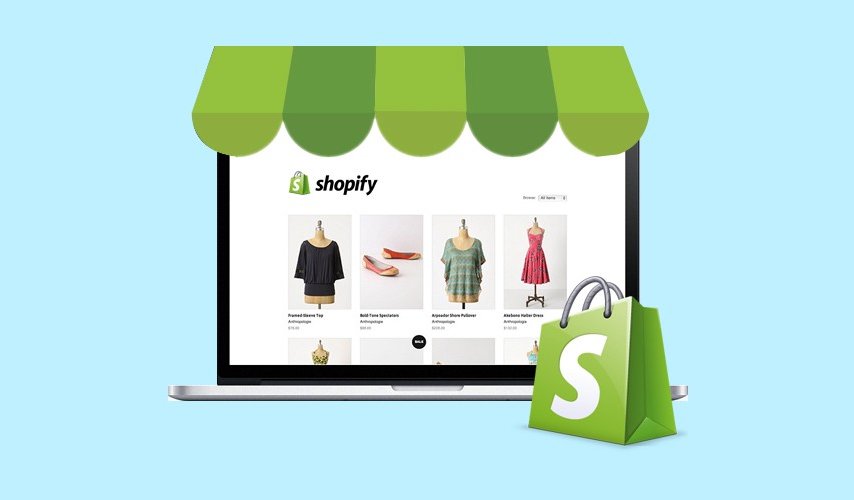 See how Tiffany’s did theirs below:
See how Tiffany’s did theirs below:
2. Product Stickers in Instagram Stories
You can use product stickers to tag particular Shopify products in your Instagram Stories. This is similar to how you tag your Shopify products in the regular posts you make to your feed.
3. Shop Tab
The shop tab is an icon on your profile page that people can click on to find all the products you have previously tagged in your Instagram posts. You can easily spot The “shop” tab where the “Activity” icon used to be.
Source
4. Swipe-up Links in Stories
Swipe-up links in Instagram Stories help you drive more traffic to your product landing pages directly from your Stories. However, this feature is only available to Instagram business accounts that have at least 10,000 followers..
5. Instagram Checkout
By enabling Instagram checkout, you allow your customers to buy directly from your Instagram account without going outside the app. As a Shopify merchant, you can set up your Instagram checkout using Facebook channel integration. This provides your customers with an improved buyer experience as it makes it easier for your customers to complete the checkout process quickly.
This provides your customers with an improved buyer experience as it makes it easier for your customers to complete the checkout process quickly.
Source
Now that we have considered the major tools available to you for driving sales for your Shopify store, let us consider a few ways you can implement your Instagram marketing strategy.
How to Implement Your Instagram Marketing Strategy
Posts
This is one of the primary ways to promote your Shopify products on Instagram. Given the highly visual nature of Instagram, you can promote your products using images or videos. While this seems like a pretty easy thing to do, several brands find it difficult to create posts that are pleasing to look at.
To avoid this, pay attention to the following:
- Use high-quality product images: You should consider investing in taking better product images for your Shopify product page and your Instagram page. This makes your product images more appealing to potential customers.
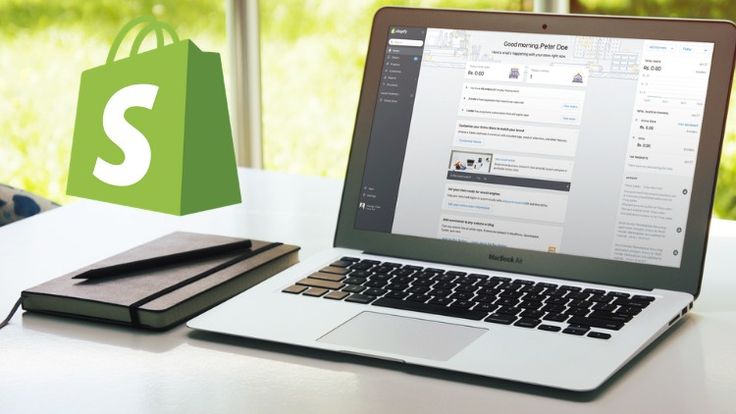
- Display your products in context: To blend into the visual nature of Instagram, you should show your products in context. This means that your videos and images should show your products as part of a lifestyle.
By doing this, your customers will find it easier to relate to your products. For example, if you sell fitness apparel, you can have a model pull off a look wearing your fitness gear and sweating it out at a gym. This will work better than just putting up individual pictures of the items.
- Use appropriate hashtags: Hashtags help increase your brand awareness and show your content to relevant audiences. It makes it easier for customers interested in your niche to find you. By combining a shoppable post with hashtags, your posts will become more visible, and more Instagram users will find them.
- Leverage on collaborations: Several added Instagram features have made it easier for creators and business owners to collaborate.
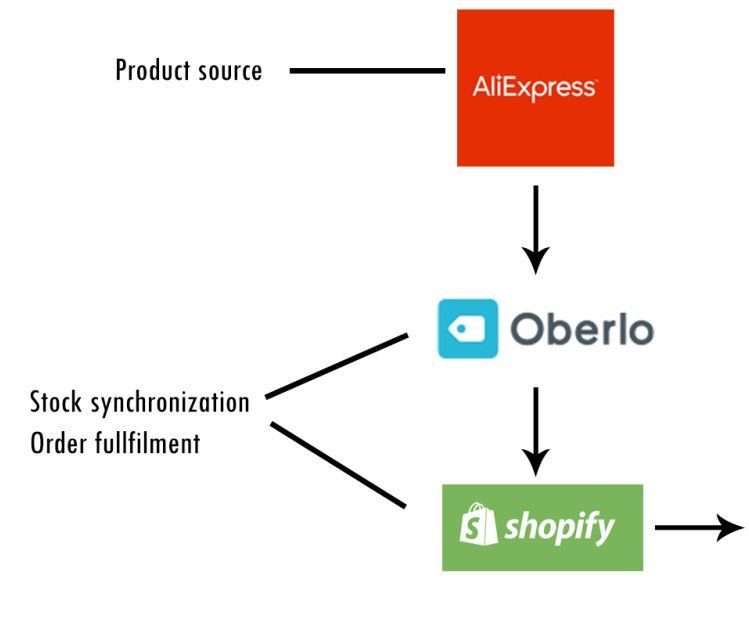 You can collaborate with influencers who have built a reputation to help market your products.
You can collaborate with influencers who have built a reputation to help market your products.
2. Stories
Keeping your customers engaged is one way to ensure that they do not forget about your brand even when they are not on Instagram. When customers are engaged, it builds a sense of belonging and community.
One way to achieve this is through your Instagram Stories. You can educate and entertain your audience with it. You can also post videos that showcase your products. Try out product stickers in stories and play around with them too.
You can even choose to go on a live stream to showcase your products and interact with customers and followers.
3. Ads
If your budget can cover it, you can choose to use Shoppable Instagram Ads to promote your products. This helps widen your target audiences and even reach out to more potential customers who have shown some interest in similar products.
4. Reels
You can get creative with the Instagram Reels feature.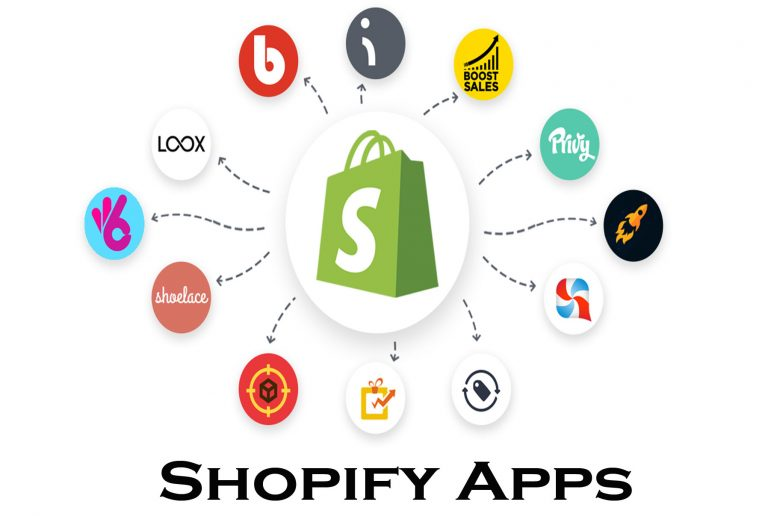 With reels, you can make short 30-second videos to showcase and promote your products.
With reels, you can make short 30-second videos to showcase and promote your products.
Reels also have an increased chance of appearing on the Explore page, increasing their visibility. You can also tag your products in your reels so that your customers can shop directly.
Tips for Promoting Shopify Products on Instagram
Here are a few tips that will come in handy when promoting your Shopify products on Instagram:
1. Be Creative and Authentic
As tempting as it may, avoid copying the strategies implemented by your competition or other successful Shopify merchants. You have to be unique, creative, and authentic to stand a chance of succeeding at Instagram marketing. .
In doing this, ensure you maintain your brand voice as much as possible. This will help you come off as authentic and unique, hence, bettering your chances of standing out from your competitors.
2. Write Catchy Product Descriptions
Everything you do on your business account and how you do it contributes to the experience buyers get when visiting your page and viewing your products.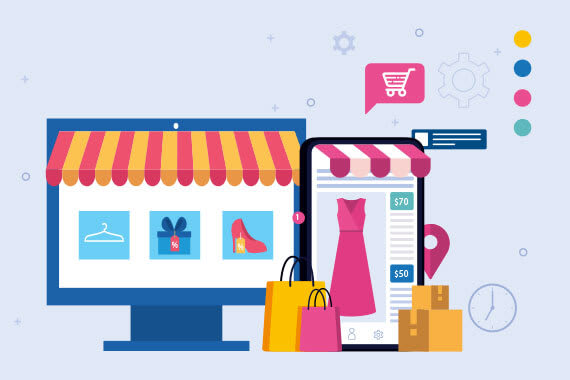 This includes your product images, your product descriptions, and captions.
This includes your product images, your product descriptions, and captions.
Within just a few seconds of seeing your posts, stories, videos, or even your account page, your customers can form assumptions about your brand. This is why you cannot leave things to chance. You have to pay attention to these factors.
3. Post Regularly and Optimize Your Account
To optimize your account, use a nice username, a good profile picture, and a functional bio on your profile page. You can choose to include some keywords from your niche on your profile page. This will make it easier for customers to easily find your business account.
Consider posting frequently too. There is no hard and fast rule to this, but posting during peak periods when most of your followers are online should do the job.
4. Appeal to Customers’ Visual Sense
There are several ways to promote your Shopify products using Instagram Shopping. However, one of the most effective ways to go about it is to appeal to the visual sense of your potential customers. You want to make it easy for them to picture what their lives will be when they use your products.
You want to make it easy for them to picture what their lives will be when they use your products.
This means that instead of focusing on the features of your products in your content, you should focus more on the benefits your customers get to enjoy from using your product. You want them to be able to picture how your products make their lives better.
5. Pick a Theme
Choose your brand colors or a theme for your Instagram profile page. This will reflect in your highlights and feed and make your accounts more pleasing to look at. It is an effective way to make a brilliant first impression on people visiting your account. It also helps you communicate your brand’s identity.
6. Use Videos
Video marketing has gained a lot of popularity, and it is now a thing. Using videos strategically will largely influence the success of your Instagram content. There is a higher chance that potential customers will act on video content compared to textual content.
7.
 Use User-Generated Content
Use User-Generated ContentTo make your content more relatable to your audience, you can post images or videos of customers who have already bought your product and are using it.
You can also choose to share feedback or reviews from your customers as part of your content. This helps your customers build an increased level of trust in your brand.
8. Offer Discounts and Use Promotional Codes
You can draw in new customers and even retain current customers by providing promotional codes and exclusive deals. People are more likely to make a purchase from stores where they get discount offers, and it even makes them more likely to spend more. That makes it an excellent way to attract more followers and eventually customers.
9. Prioritize Customer Service
Customer service is one of the most important aspects of any business, whether it’s a small eCommerce store or large company, or enterprise. Your approach to customer service can either ruin your business or make you stand out from the competition.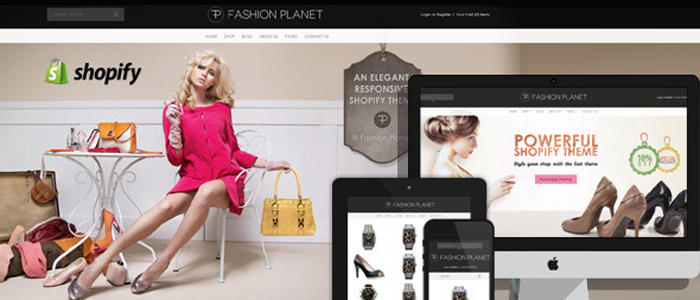
By prioritizing customer service, you can easily build credibility. Your customers will also consider you as being responsive and helpful, and this will go a long way to improving your customer retention.
Conclusion
Instagram is an excellent platform to promote your Shopify store. Promoting your products on Instagram offers tremendous benefits to your Shopify store and your brand.
All you have to do is to put on your thinking cap and follow all the steps and tips shared here. You should start to notice results shortly and even more results in the long term.
Are you finding it hard to convert visitors to your Shopify website into customers? Overcome that challenge today by installing the Adoric Shopify app. It’s an effective and affordable way to increase your conversion rates and reduce cart abandonment.
Ready to try it out?
Install Adoric Shopify App
How To Sell on Instagram in 2022 (Guide)
The business case for learning how to make money on Instagram is strong.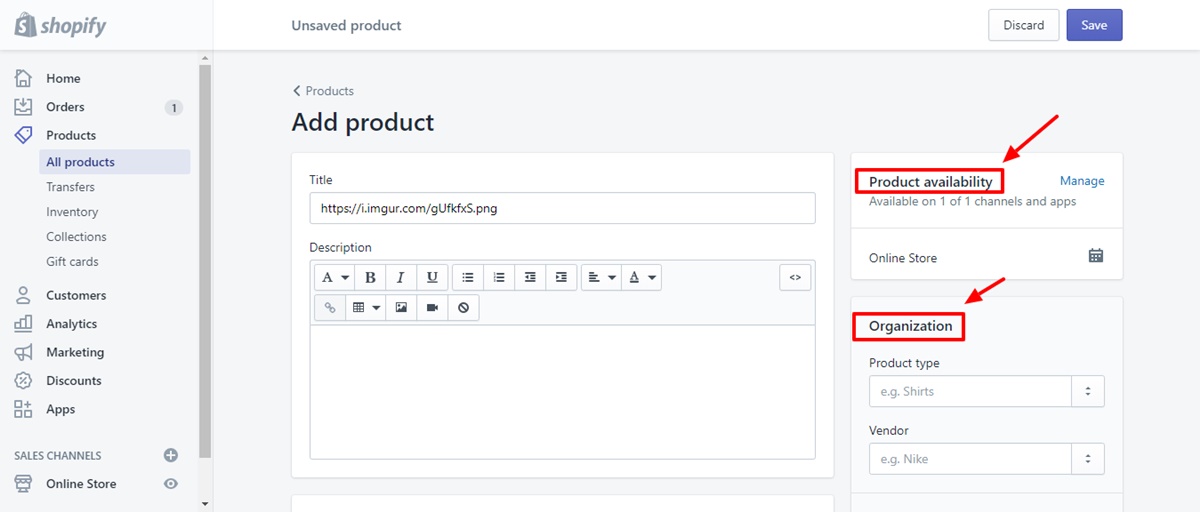 Not only does Instagram’s engagement demolish Twitter, Pinterest, and LinkedIn, but, for brands, it even outperforms Facebook by a factor of 10. It kind of makes you wonder why more brands aren’t on Instagram, right? In this guide you're going to learn how to sell on Instagram and setup Instagram ads.
Not only does Instagram’s engagement demolish Twitter, Pinterest, and LinkedIn, but, for brands, it even outperforms Facebook by a factor of 10. It kind of makes you wonder why more brands aren’t on Instagram, right? In this guide you're going to learn how to sell on Instagram and setup Instagram ads.
If you’ve ever posted anything on social media as a small brand, you know how often it feels like you’re talking into a void. Too often, no one responds. No likes, comments, retweets—you get the idea.
Not so with Instagram. No matter how small your audience, your posts probably still receive at least a few likes and comments—especially if you use the best Instagram hashtags. And with more than a billion users worldwide, it’s an enticing marketing channel. To leverage this massive audience, check out our guide on how to get followers on Instagram.
Start advertising and selling on Instagram today 📈
- How do Instagram ads work?
- How much do Instagram ads cost?
- Types of Instagram ads
- Instagram ad campaign objectives
- How to create Instagram ads
- Instagram ad tips
- Getting the most from your Instagram marketing strategy
- Instagram ads FAQ
Shopping on Instagram
Instagram is now partnering with Shopify to take things a step further and offering product tagging and a Shop tab directly inside the Instagram interface.
Shopping on Instagram provides a seamless customer checkout experience for anyone who discovers your products in their Instagram feed.
Add products to your Instagram posts and stories
Start tagging products in your posts and turning engagement into purchases with the shopping on Instagram sales channel.
Learn more
How do Instagram ads work?
Since 2015, anyone has been able to learn how to create Instagram ads through Facebook’s self-serve advertising platform. With it, you have total control over your ads, how they appear, and who sees them. And unlike sponsored posts and paid partnerships, your ads get posted directly from your own account.
And unlike sponsored posts and paid partnerships, your ads get posted directly from your own account.
The advantages to this method of Instagram advertising include:
- Scalable pricing
- Easy to use, self serve ad platform
- Robust reporting so you’re in control
- Highly refined audience targeting
There are two options to create Instagram ads. You can turn any post into an ad with Promote, which is similar to Facebook’s Boost button. You only have to decide where to send people when they click your ad, who should see it, and how much you want to spend.
Or you can create campaigns with Facebook Ads Manager, which is an all-in-one tool for launching ads across Instagram, Facebook, and more.
Instagram ads can have a significant impact on people’s buying behavior. It’s shown that Instagram helps 80% of users decide whether to buy a product or service. So whether you are a big or small business, you can create an affordable campaign that finds new customers and increases sales for your business.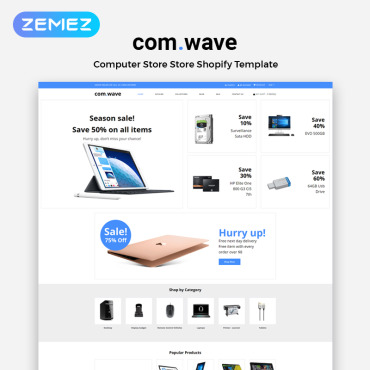
Read more: From Likes to Dollars: Learn How to Sell Your Products on Instagram in 2021
How much do Instagram ads cost?
Research by Revealbot shows the average cost of Instagram ads are:
- $1.17 cost per click (CPC)
- $7.01 cost per one thousand impressions (CPM)
But average cost-per-click also differs by campaign objective. As you can see below, Instagram ad CPC can range between $.50 and $7.50, depending on your objective.
Source: RevealbotAverage CPM also changes depending on your campaign objective. The study by Revealbot shows that CPM can range between $2.50 and upward of $35 per thousand impressions.
Source: RevealbotOverall, good results depend on who you are targeting, your industry, and the ads you use. There’s no one true benchmark. It’s also important to note that Instagram ad costs can depend on how expensive your product is. Chances are, if you are selling a $50 product, it’ll be less expensive to acquire a customer than if you are selling a $1,500 product.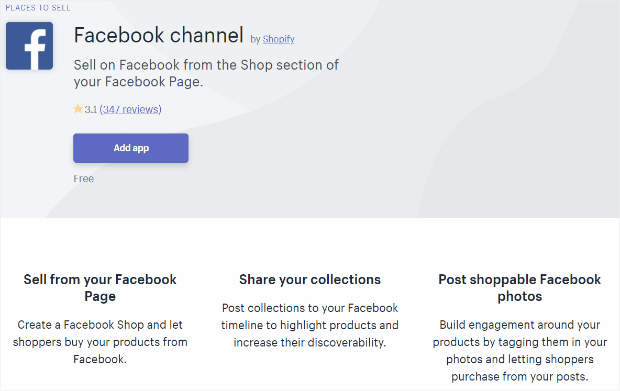
Consider two things about your Instagram ads: how much you want to spend on a campaign overall, and how much you want to spend for a result. This way, you won’t be surprised by unexpected costs and can test campaigns to get the best results.
Free Webinar:
How to Grow and Monetize Your Instagram Account
A free workshop with field-tested Instagram marketing tips. Learn how to grow your Instagram audience and monetize it with an online store.
Register now
Types of Instagram ads
Some common types of Instagram ad you can run are:
- Photo ads
- Video ads
- Carousel ads
- Collection ads
- Stories ads
- Reels ads
1. Photo ads
A photo ad is one simple photo in landscape or square format. These are the simplest in terms of visual asset needs, since you just need a single image. Here’s an example of a photo ad from jewelry brand Clocks and Colours that takes Instagram users to a landing page to claim their military discount for use in-store.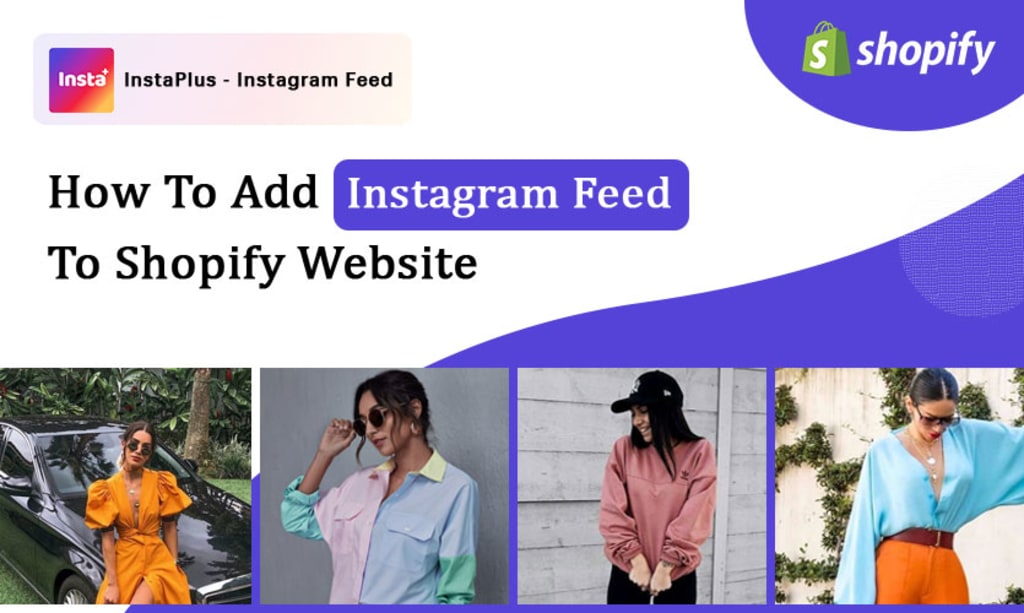
2. Video ads
Instagram used to have a 15-second limit for videos, but it has since lifted that rule. Now, videos can be up to 60 seconds long and shot in landscape or square format. Pura Vida uses the video ad format in its Instagram advertising to promote its new Jewelry Club.
Source: Facebook3. Carousel ads
An Instagram carousel ad can have anywhere from two to 10 images and/or videos that users can view by swiping through.
Source: Facebook4. Collection ads
Collection ads are similar to video ads in that they appear as a video in a user’s feeds. These ads, however, are made up of a series of still images that play as a video, much like a slideshow. You can add text and audio to your slideshow ads.
Source: Facebook5. Stories ads
Instagram Stories ads are one of the newest kinds of ads available to businesses on the platform. Instagram Stories are similar to Snapchat in that they allow users, and brands, to share self-destructing photos and videos.
Brands can also advertise on Instagram Stories with photo or video content. Online jewelry brand Pura Vida has used Instagram Stories ads with much success to build brand awareness and ad recall.
Source: FacebookLearn more: How to Advertise on Snapchat: A Complete Guide
6. Reels ads
Instagram recently expanded its Reel ads beta to Canada, France, the UK, and the US. Reel ads are a full-screen, vertical experience, similar to Stories ads. They appear in between a user’s Reels and last up to 30 seconds. Instagrammers can like, comment, save, share, skip, and view them.
Source: AdweekInstagram ad campaign objectives
When advertising on Instagram, you can choose from several campaign objectives. These are potential goals for your Instagram ad campaign that you select from a list. Don’t neglect this choice; it will influence how your Instagram ads are optimized and how you pay for them. For example, if your goal is to get people to watch your video, you probably don’t care how many users click on your link.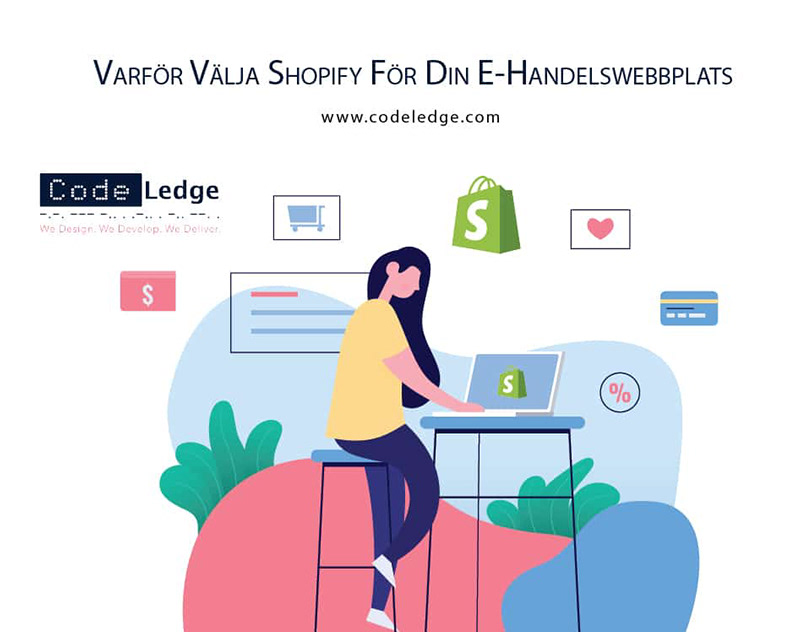
You may already be familiar with campaign objectives from creating Facebook ads. Options include:
- Brand awareness
- Reach
- Traffic
- App installs
- Engagement
- Video views
- Lead generation
- Conversions
1. Brand awareness
This objective is for when you want to drive awareness of your business, product, app, or service when advertising on Instagram. The objective formerly called awareness is now a part of this objective. The brand awareness objective supports image ads, video ads, carousel ads, slideshow ads, and Stories ads.
2. Reach
With a reach objective, you can also drive awareness of your business, product, app, or service. The objectives formerly called local awareness and reach & frequency are now parts of this objective. The reach objective supports all Instagram ad types. Reach is different from brand awareness in that it allows you to reach a larger audience, whereas brand awareness is a bit more targeted to users who are more likely to recall your ad or brand.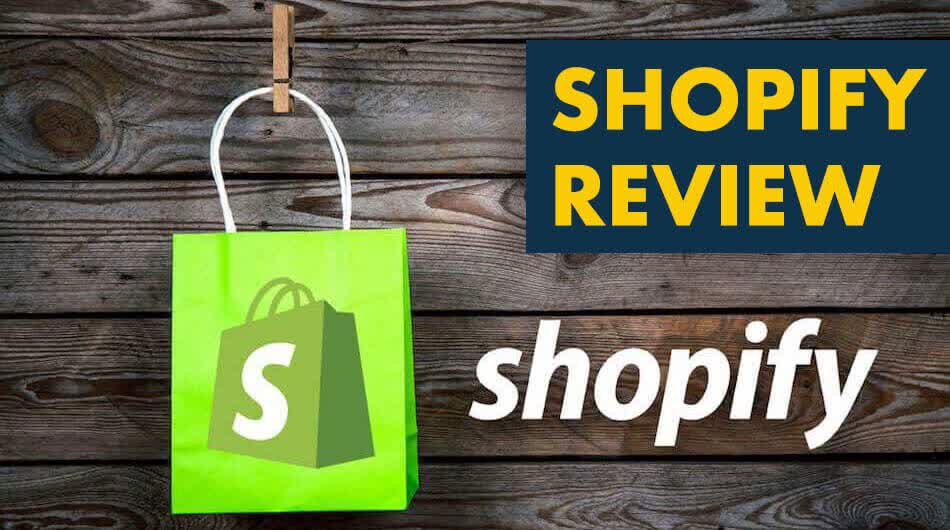
3. Traffic
You can use the traffic objective to drive visitors to your website. If you have a mobile app, this is also effective for driving app engagement. The objective formerly called website clicks is now a part of traffic. You can also use this objective to create an offer for your audience. The traffic objective supports all Instagram ad types. The Mountain Collective, which sells ski passes and packages, has used photo ads to drive users directly to its online store.
4. App installs
Unsurprisingly, the app installs objective is ideal if you’re trying to get users to download your app. You can use any Instagram ad type with the app installs objective. Here’s a carousel ad example from Poshmark that drives users directly to its respective app store to download its mobile app:
5. Engagement
Engagement is another objective you can use to promote offers. It’s also effective at promoting your Instagram account and posts. Image ads, video ads, and slideshow ads are your options under the engagement objective.
6. Video views
If you’re running a video ad, carousel ad, slideshow ad, or Stories ad, you can use the video views objective to promote the video. This is an effective objective to drive awareness for your brand and products.
7. Lead generation
Instagram ads with a lead generation objective are great for collecting information from users, like their email addresses, so you can market to them in the future. This objective supports all Instagram ad types.
8. Conversions
The conversions objective is a great choice for ecommerce businesses that want to drive sales. The objectives formerly called website conversions and dynamic ads both are a part of the current conversions objective. If you want to optimize for people completing a specific action in your app and you have the Facebook SDK installed, you should use conversions as your objective.
💡 Note: In order to use this objective, you need to have the Facebook pixel installed on your website.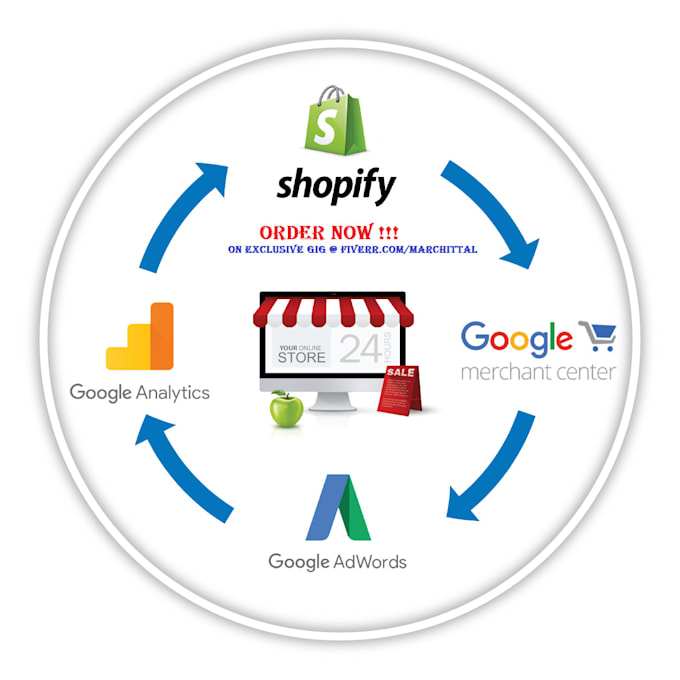 If you don’t have one installed yet, you’ll get a message letting you know.
If you don’t have one installed yet, you’ll get a message letting you know.
How to create Instagram ads
- Link your Instagram business profile to your Facebook page
- Create an Instagram ad campaign
- Create an Instagram ad set
- Analyze and optimize your Instagram ads
Let’s dive into exactly how you can create your first ad on Instagram.
Step 1: Link your Instagram business profile to your Facebook page
The first step to creating an Instagram ad is to link your Instagram account to your Facebook page. You only need to do this once.
Visit the Page Settings for your Facebook Business page and click on Instagram in the left column.
Next, click Connect Account. Toggle “Allow access to Instagram messages in Inbox” on or off. When turned on, it will allow you and anyone else who manages your page to respond to Instagram messages. Click on Continue.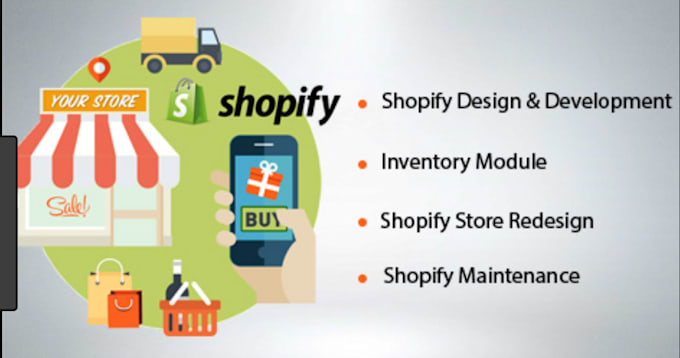
Fill in your Instagram login credentials or click on “Login with Facebook.”
Keep in mind that if you are connecting a personal Instagram account to a Facebook page managed in Business Manager, you will need to switch your Instagram account to a business or creator account.
Step 2: Create an Instagram ad campaign
After you’ve linked your Instagram account to your Facebook page, it’s time to head over to the Ads Manager and create your first campaign. If you already create Facebook ads, much of this process will be familiar to you.
In the Ads Manager, click on the Campaigns tab and then the + Create button near the top left corner of the screen.
Next, choose your campaign objective. Remember, only brand awareness, reach, video views, conversions, app installs, lead generation and traffic objectives are compatible with Instagram Stories ads.
Step 3: Create your Instagram ad set
On the Ad Set page, you’ll be able to choose Purchase as the type of conversion you want to optimize for under the Conversion Event breakdown.
You can also choose to add an offer, which will help drive even more conversions on your ad.
When figuring out how much you want to spend when you advertise on Instagram, start low. You can always increase the daily or lifetime budget later if your ad is performing well.
Next, define who you want to see your ads. All the same targeting options are available for Instagram ads as for Facebook ads.
If you have any Custom Audiences already created, you can select them for targeting with your Instagram ad at this point.
Next, select your ad placements. You’ll see the option to run your campaign on Facebook and Instagram, as well as on Audience Network and Messenger. Deselect everything except Instagram.
When you’re finished choosing what to optimize for, how much to spend, who to target, and which placements to show your ads on, click New Ad in the breakdown on the left or Next on the bottom right of the screen if this is the first campaign you are creating.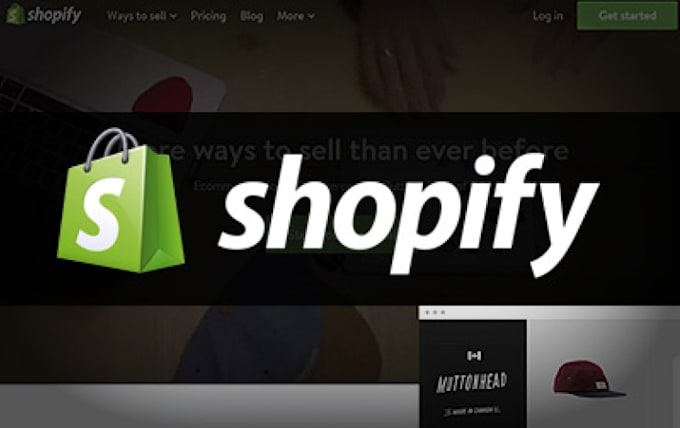
On the next screen you’ll see an option to choose your Instagram ad format. Once you’ve decided, scroll down to upload your images or videos.
After you’ve uploaded your visuals, scroll down further and you’ll see an option on the left to add text and a call to action to your ad.
Finally, to the right of the text editor, you’ll be able to preview how your ad will look on Instagram. Here’s how an example ad would look on Instagram feeds and Stories.
Once everything looks good, click Publish on the bottom right. Otherwise, go back and make changes.
Step 4: Analyze and optimize your Instagram ads
Your work isn’t complete after you’ve launched your first Instagram ad campaign. Once it’s running, you’ll want to monitor its performance and test ideas to find the most effective messaging, creative, and targeting.
Within Ads Manager, you can edit your Instagram ad to incorporate split testing, change the targeting parameters, and view analytics for the performance of your ads.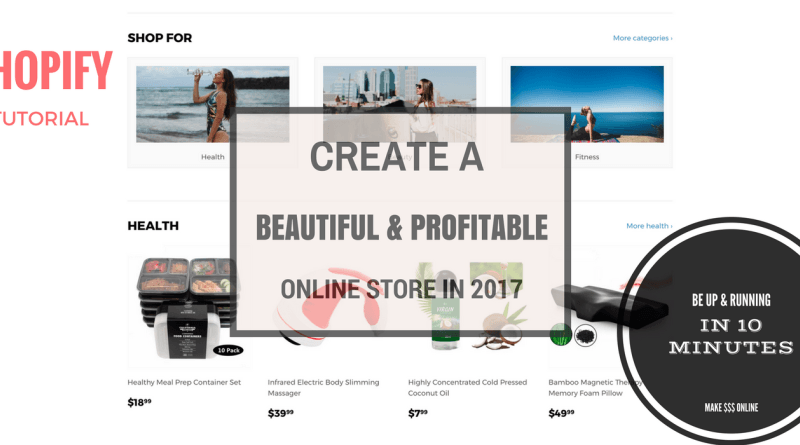
The first Instagram ad is always the hardest. Once you’ve conquered it, it’ll be much easier the second time around!
Instagram ad and selling tips
Use advanced targeting techniques
Instagram ads have all the same targeting options as Facebook ads. These include targeting based on location, demographics, interests, behavior, lookalike audiences, and automated targeting (i.e., let Facebook decide).
Even better, if you have Custom Audiences, you can target them on Instagram. Custom Audiences are groups of people who have already connected with your brand in some way. This could be by visiting your website, engaging with your posts on Facebook, using your app, or sharing their contact info with you.
Test different ad formats
Testing different ad formats helps you uncover what ads work best for your audience. For example, if your target audience responds better to Stories ads than regular image ads, you’ll want to put more money into Stories ads. This will help you generate more business and get better results for less money.
This will help you generate more business and get better results for less money.
Optimize your budget
Use Facebook’s campaign budget optimization to optimize the distribution of your budget across a campaign’s ad sets. This option lets Facebook continuously find the best opportunities for results across your sets, and moves your budget automatically to get those results.
It’s a tactic that Trilce Jirón Garro, CEO of TBS Marketing, uses when running Instagram ads for her clients.
Run several ads within one campaign to see which performs better. Then nuke the expensive variations so that way there’s no guessing which creative performs best. Try several variations and stop running ads that underperform.
Trilce Jirón Garro, CEO of TBS Marketing
When setting up your Instagram ads, toggle Budget Optimization on in your campaign budget.
Try Instagram automation
Sometimes when ecommerce brands or influencers run ads on Instagram, they get a ton of comments or messages in their inbox.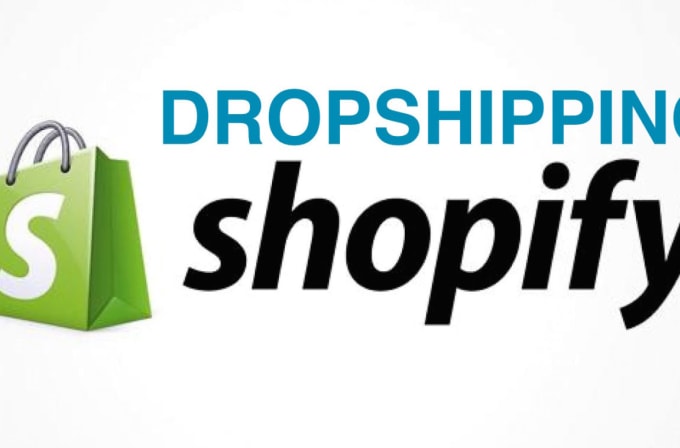 Often, they don’t have time to respond to all these people manually.
Often, they don’t have time to respond to all these people manually.
In response, brands are using Instagram automation to save time and turn comments into customers. With a tool like ManyChat, you can create Instagram Stories ads that engage users automatically with keyword automation.
Source: ManyChatAll someone needs to do is type in a pre-designated keyword from your Story and you’ll start an automated conversation inside Instagram Messenger. From there, you can collect viewers' contact information, deliver a coupon code or lead magnet, or do anything else that will help you meet your business goals.
Getting the most from your Instagram marketing strategy
“Link in bio” tools, which allow you to create custom landing pages and URLs, are one way to help promote your products and online store from your Instagram bio profile. There's also no doubt that Instagram ads can help marketers and business owners get great results. Using Ads Manager, it’s easy to create ads that match your brand style and find your target people in the Instagram app.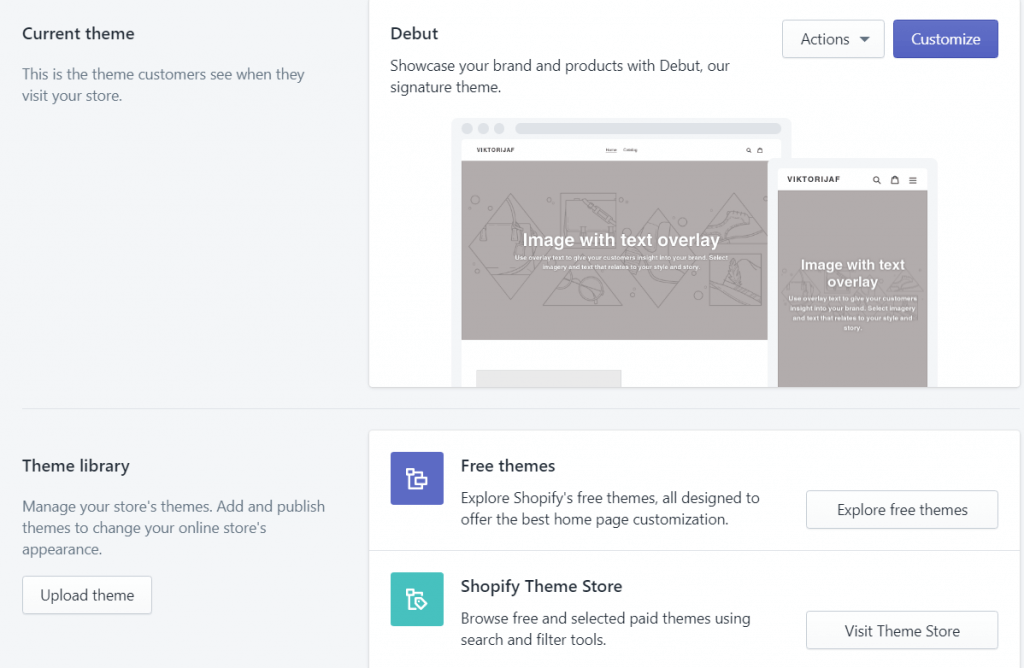 You can also choose your daily budget and control ad spend so you’re never caught off guard by ad costs.
You can also choose your daily budget and control ad spend so you’re never caught off guard by ad costs.
Start today by running a small campaign for your business. By selling on Instagram you'll be leveling up your sales in no time. Take the time to get comfortable advertising on this social network and build your skills. You’ll soon see how Instagram marketing can find relevant, targeted customers and impact your bottom line.
Illustration by Rachel Tunstall
Ready to create your business? Start your free 14-day trial of Shopify—no credit card required.
Instagram Ads FAQ
Are Instagram ads worth it?
Instagram ads have a potential reach of over one billion people. Instagram has advanced targeting options, and the platform influences customers’ buying decisions. At an average cost of $1.17 per click, Instagram ads are worth it if you want to advertise on social media.
What’s the difference between an Instagram ad and an Instagram Story ad?
An Instagram feed ad looks much like a Facebook ad.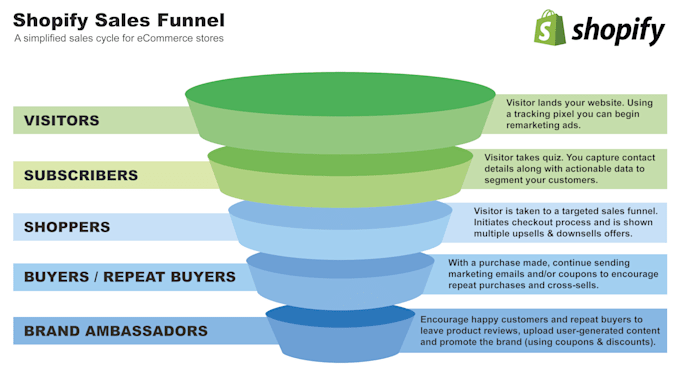 It has the brand's Instagram handle, an image or video, a call to action, and a text box to explain what you’re advertising. An Instagram Stories ad happens inside a viewer’s Stories and is a more immersive experience. Viewers can swipe up on the screen to act on the ad.
It has the brand's Instagram handle, an image or video, a call to action, and a text box to explain what you’re advertising. An Instagram Stories ad happens inside a viewer’s Stories and is a more immersive experience. Viewers can swipe up on the screen to act on the ad.
How to advertise on Instagram?
- Link your Instagram account to your Facebook page.
- Create an ad campaign in Facebook Ads Manager.
- Create your ad set.
- Analyze and optimize your Instagram ads.
How to connect Instagram Shopping | Manual
Since March 2022, Instagram has been banned in Russia. In other countries, all its features are still available.
Instagram Shopping allows users to buy directly from a photo or video in any section of the social network. At the same time, there are different opportunities in different countries. About all the nuances - in this article.
Instagram Shopping Features
When creating a store, you can choose a sales scheme. On the website, on Facebook, on Instagram or through private messages. There are limitations here.
On the website, on Facebook, on Instagram or through private messages. There are limitations here.
Somewhere you can’t sell inside the application - only show tags, information about the product in the card, and then go to the site, from where you can already place an order.
In the US and a number of other countries, full functionality is available - placing an order directly in the application. It works on the basis of the Facebook Pay service. Companies decide for themselves whether to connect the checkout feature on Instagram or not.
If they decide not to connect, they will be able to transfer the user to the site, and use Instagram solely as a showcase. The company and bank account must be registered in the United States.
If you're temporarily in a country where Instagram Shopping isn't available (for example, while traveling), you may lose the ability to tag products. Restoring access takes up to 2 weeks.
How to connect Instagram Shopping
Consider a variant with limited functionality when sales go through the site. The feature is available on business accounts that are connected to a Facebook page.
The feature is available on business accounts that are connected to a Facebook page.
MySklad already has integration with Instagram Shopping and Facebook — you can automatically upload products, current balances and prices to social networks, and add product links directly to posts.
Create a catalog on your page on the social network, and unload the goods, their modifications, photos, prices and balances from My Warehouse. The data is synchronized automatically - you can set the interval or start the update yourself at a convenient time.
A link to the main online store is attached to each product - the buyer follows it and places an order. Integration is available free of charge on all tariffs of MoegoSklad. You can set it up if your business account on the social network has the Instagram Shopping feature. See video instructions for more details.
How to set up Instagram Shopping
- Create and link a directory.
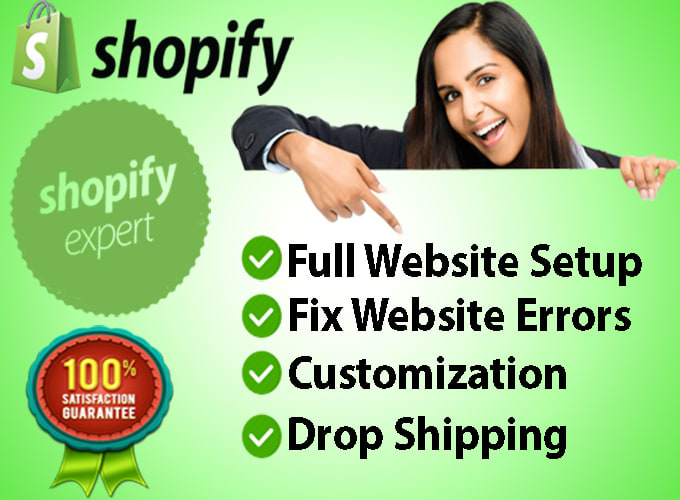 Can be done using the Commerce Manager tool, a desktop platform for managing sales on Facebook and Instagram. The service helps to create a new catalog or connect an existing one, process orders, etc. To use product tags and stickers, select an e-commerce catalog.
Can be done using the Commerce Manager tool, a desktop platform for managing sales on Facebook and Instagram. The service helps to create a new catalog or connect an existing one, process orders, etc. To use product tags and stickers, select an e-commerce catalog. - Connect Instagram Shopping in your profile settings and submit your account for verification. It usually takes several days. The verification status can be found at any time in the "Purchases" section in the settings. As soon as the account is approved, a notification will be sent from Instagram.
After that, you can create a post with a shopping feature. Up to five products can be added to a post with one image, and up to 20 products can be added to a post with multiple photos or videos. You can only add one product sticker per post in Stories.
Thus, you use Instagram Shopping as a storefront - a buyer on the social network will examine the product, but will go to the site to purchase.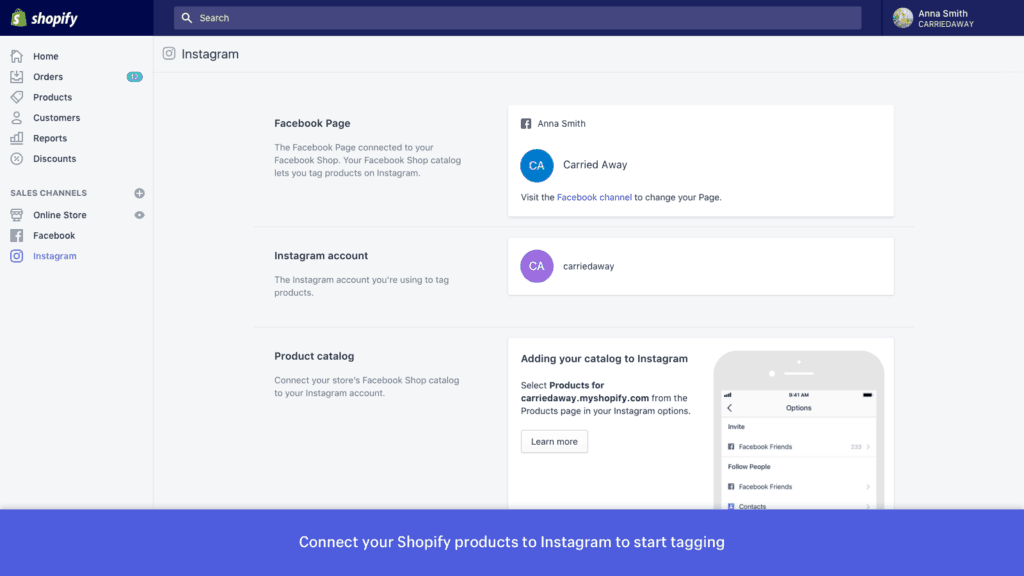
Instagram Shopping Tags and other opportunities to promote
Instagram Shopping has a set of tools that make trading easier.
Collections of goods. You can collect products into groups by topic. At the same time, it is not necessary to make collections that are familiar to everyone, for example, “New Products” or “Hits of Sales”. Categories can be any and convenient for customers. You can create "10 Gifts for Grandma" or "All for the Holidays".
Product tags. Instagram Shopping Tags are special tags. The user clicks on them and gets to the page with information about the product. From there, he can go to the site and make a purchase. Thus, the number of clicks decreases, and the client does not postpone the purchase.
Advertising. You can set up ads with product tags. You can promote already existing publications with tagged products in the feed or popular, or create new ads in Ads Manager.
You can also create custom audiences for advertising: select groups of users who have performed a specific action.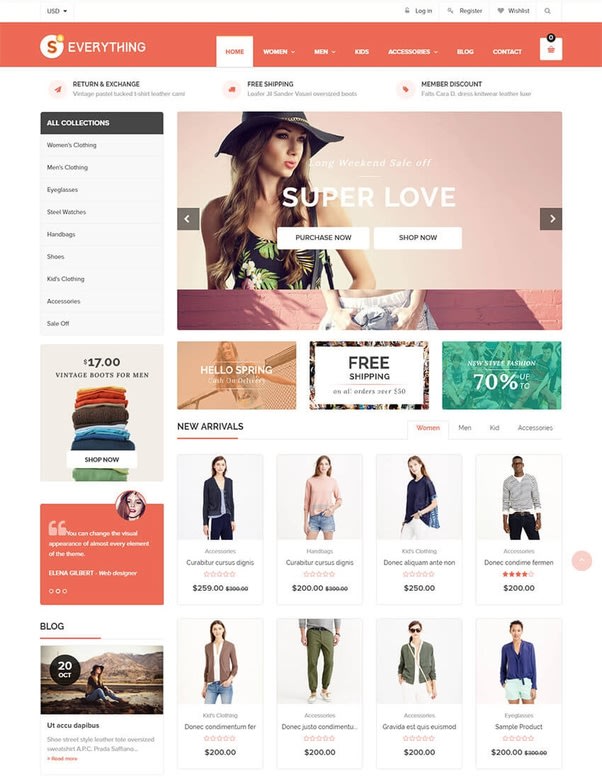 For example, those who viewed or saved the product. How to set up ads - we tell below.
For example, those who viewed or saved the product. How to set up ads - we tell below.
You can attract new customers by creating new custom audiences or expanding old ones. Create a user group from both Facebook and Instagram. You can include more sources if you choose audience expansion.
For example, you can create a shopping custom audience that includes people from both Facebook and Instagram. You can also create a shopping custom audience based on multiple events. For example, based on the Add to Cart and View Product Details events.
Who and what niches Instagram Shopping suits
To understand which product is easier to promote on Instagram, you need to look at the portrait of the platform's audience. It's more of a female audience. Age category from 18 to 34 years.
Hence the assumption of which products will sell well on Instagram:
- Things that reflect the lifestyle - clothes, jewelry, shoes, accessories, cosmetics, perfumes, sporting goods.
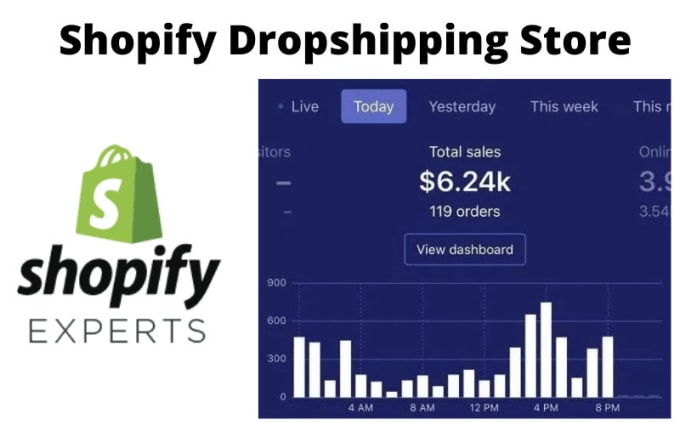
- Trendy products that reflect the spirit of the times. It can be anything from a case for wireless headphones to masks and sanitizers.
- Visually appealing products whose purchases are dictated by emotions. For example, decorative interior items or handmade.
The list can be supplemented with household appliances, car parts and pet products. We will talk about limitations in the next section.
The US was among the first to gain access to Instagram Shopping in 2018. And there, entrepreneurs can already draw conclusions about its effectiveness.
Magnolia Boutique women's clothing store owner Susan DelPriore told Big Commerce that after publishing 117 tagged posts, traffic from Instagram increased by 4% and revenue from the social network increased by 20%. She advised telling subscribers about the new feature in the feed and stories, as well as doing cross-promotion in other social networks. In addition, it is important to give instructions on how to place an order correctly.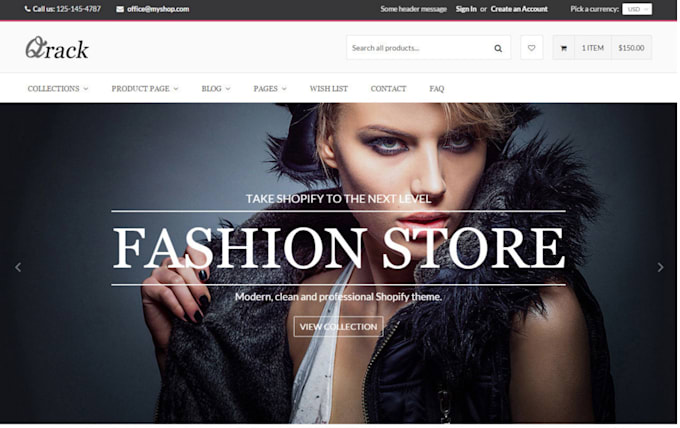
John Lott, director of children's clothing store SpearmintLOVE, said that after 208 posts on Instagram Shopping, traffic from the social network increased by 12.61%, and revenue from Instagram increased by 8%. He also noted that it was important to tell subscribers about the new feature - the store published instructions in stories for two weeks.
Do not forget that in the USA the option of ordering and paying directly from the social network works.
What not to sell on Instagram
Instagram is owned by Facebook and is part of its advertising network. The same rules apply for paid publications of both sites.
For example, you cannot advertise and sell tobacco and tobacco products, as well as prescription drugs, drugs, and wiretapping devices.
We have put together in a table a list of all products that cannot be advertised on Instagram. Download and study it.
Fragment of tableDownload Facebook and Instagram trading rules
How to manage the range of products in Instagram Shopping
On Instagram, just like on Facebook, you need to upload the products you are going to sell to a catalog.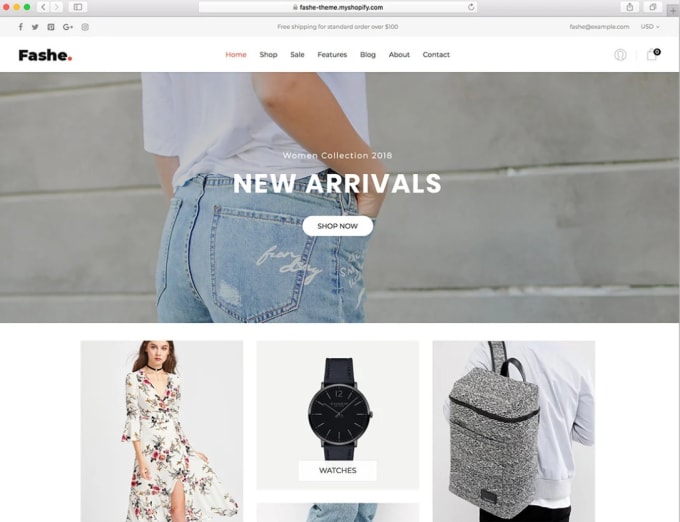 There are two ways to link a catalog to your social network account:
There are two ways to link a catalog to your social network account:
- Via Commerce Manager. This is a do-it-yourself tool available in Facebook Business Manager.
- Through a partner e-commerce platform. For example, Shopify or Big Commerce.
By the way, if you have a store on Shopify, you can connect it to the MyStorage service. This is how you add data on orders and counterparties from the platform for launching an online store to a single accounting system, where there is everything for online trading.
In My Warehouse, you can always see information about the balances that will be automatically uploaded to Shopify.
Try MySklad
With the catalog you can:
- Add and manage product details. You can upload an image, write a description, set a price, change color or size. And also - add several positions at once and a link to the store's website.
- Group ads. This is useful if you need to combine different posts with a common theme.
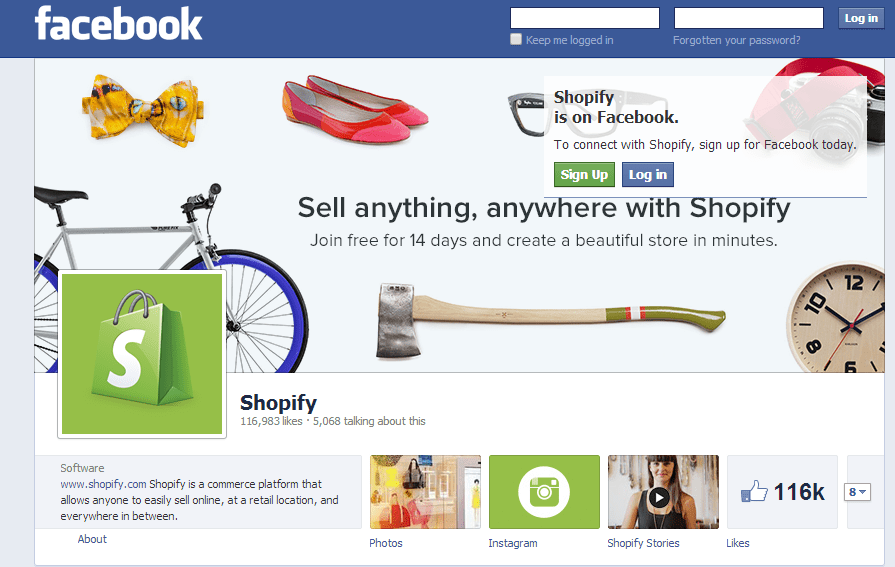 For example, information about discounts and promotions.
For example, information about discounts and promotions. - Create selections for stores. To show customers all the products that may be of interest to them.
- Assign permissions. Then other people or partner companies will be able to work with your catalog.
- Download country and language information. This way, buyers will automatically see the correct information and prices for items in the ad or in the store.
Read also: 7 problems that prevent trading on the Internet
It is not necessary to create multiple directories. All product data can be stored in one. You can change information about a product in the catalog at any time. But it is important that it always contains accurate data on prices and availability of each item.
Also, the rules for returning goods and funds should be written either on your website or in the store's Instagram account: for example, in current stories or in a separate post.
Sometimes sellers do not indicate the cost of goods and call it only in private messages.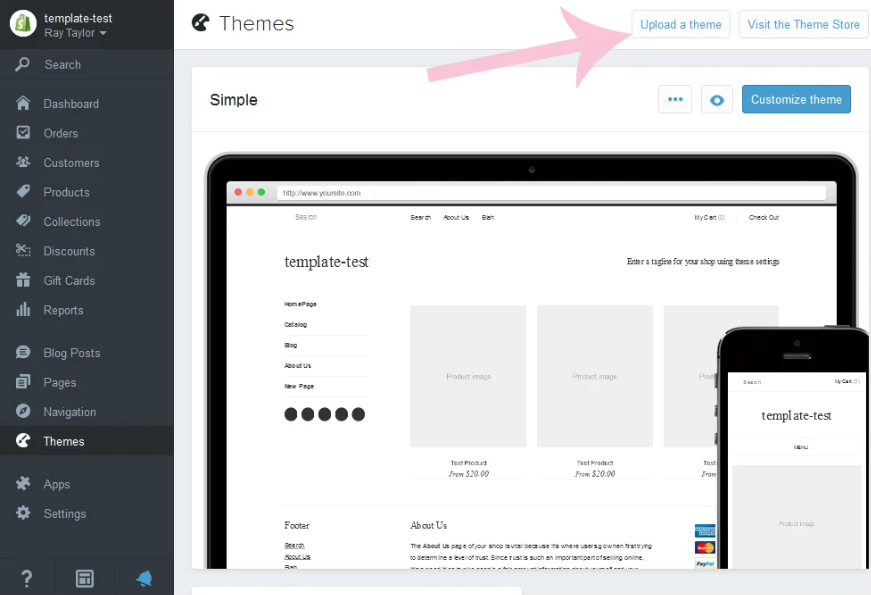 But not everyone does this. For example, the NeBabushka yarn store does not hide prices, says its owner Natalya Maltseva. The ability to put a price tag directly on a photo in a post is convenient for her.
But not everyone does this. For example, the NeBabushka yarn store does not hide prices, says its owner Natalya Maltseva. The ability to put a price tag directly on a photo in a post is convenient for her.
We have never closed prices. The price in the label in the post will not scare anyone away. And if this happens, then this is not a representative of our target audience.
Natalia Maltseva
shop owner "NeBabushka"
See also: How to tie big money: the success story of the Nebabushka yarn store
According to Natalia Maltseva, Instagram Shopping tools will help meet spontaneous demand: “Now it’s traditional for us — follow the link in the profile description. And the person is forced to either leave the post and follow this link, or enter the name of the site in the browser.”
But for some sellers, the main disadvantage of Instagram Shopping is precisely that live communication with the client is lost.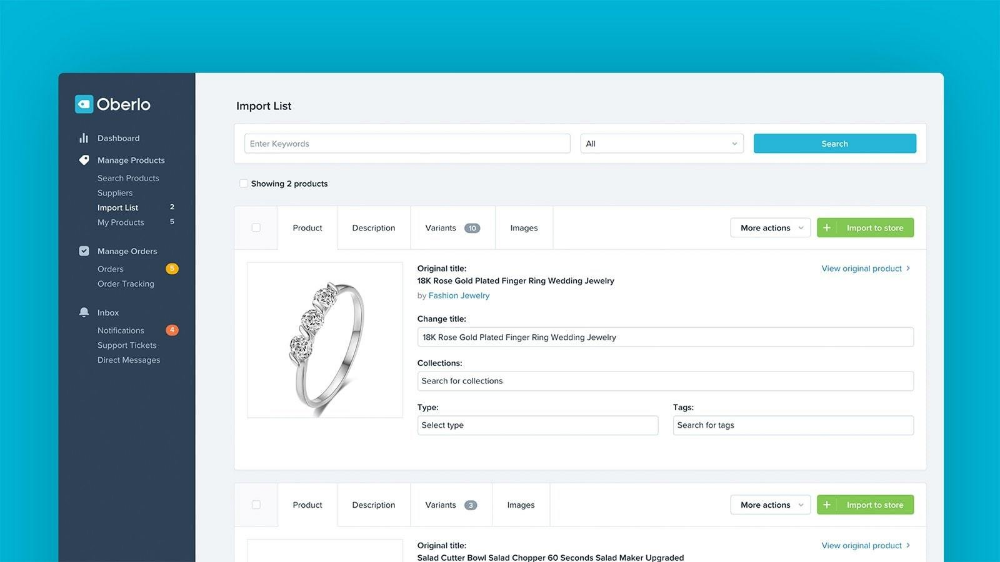 Sellers say that sometimes with the “answered price in PM” format, a dialogue is started with the client, which ultimately leads to a sale. Indeed, in a live conversation, the seller can always offer an alternative or resell something else.
Sellers say that sometimes with the “answered price in PM” format, a dialogue is started with the client, which ultimately leads to a sale. Indeed, in a live conversation, the seller can always offer an alternative or resell something else.
Firstly, you can use visual content to attract potential customers, and secondly, you can immediately get feedback.
“If you break Instagram down into elements, then there will be no unique tools for promotion in the social network,” says Ekaterina Pyankova, a target specialist at MoegoSklad.
Hashtags, targeting, bloggers, smart feed - all this is also available in other social networks. Taken together, the social network continues to be one of the best for business. There are probably almost no brands left that do not have an Instagram account.
Ekaterina Pyankova
targetologist of My Warehouse
The owner of the NeBabushka store believes that the secret of Instagram's effectiveness is that communities of people with the same interests are quickly formed there.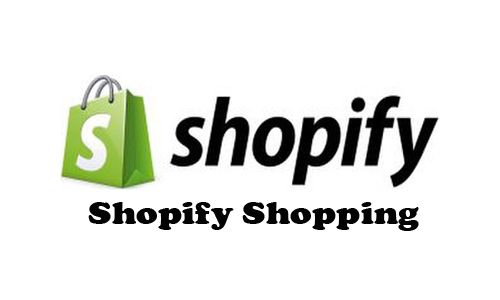
People come to see what's going on in the store. And through Instagram, we convey the atmosphere that residents of other cities and countries cannot feel when they come to the store. For them, this is a kind of window.
Sales in social networks are suitable for those who want to receive orders online and at the same time do not invest in the creation and promotion of an online store. Watch our tutorial to learn where your products will sell best, how to process orders, and how you can save money.
Get master class record
Targeted advertising
There are three main ways to promote your store on Instagram:
- targeted advertising,
- advertising with bloggers,
- advertising in thematic communities.
Ekaterina Pyankova considers target to be the most effective of them. This is an advertisement that is shown to an audience according to predetermined parameters: user behavior on the network, their age, interests and field of activity.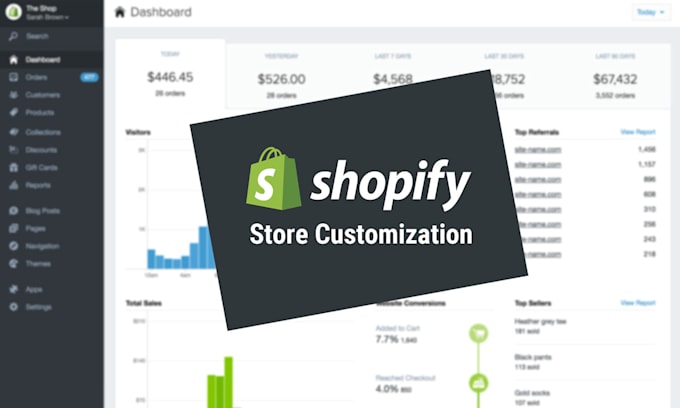
It is easier for those who use it to increase sales, because in this way the publication is most likely to be seen by those who are interested in buying. To run targeted advertising, all you need is a business account.
There are no fixed numbers on Instagram. Sometimes it's expensive and good, sometimes it's cheap and bad, sometimes it's expensive and bad, sometimes it's cheap and good. Any result is useful information for further work.
To run targeted ads, you need to set up a campaign in your Ads Manager dashboard. Through it, for example, you can run ads on:
- people who "similar" to your customers in terms of age, occupation and hobbies;
- all visitors to your page or site;
- regular customers;
- visitors who added items to their cart but did not purchase them.
Most stores stop at targeting or working with bloggers.
We review our products and engage bloggers to talk about our products. We didn’t work with targeting for a while, but now we have changed a specialist, and we will launch this type of advertising again.
We didn’t work with targeting for a while, but now we have changed a specialist, and we will launch this type of advertising again.
Shopping ads and posts tagged with Instagram Shopping Tags
Instagram Shopping tools complement existing types of advertising. For example, you can promote posts with tagged products or create ads from scratch in Ads Manager.
Product tagged ad For a business that has been promoting their products on Instagram for a long time, the button to go to the site under the publication is a chance to increase sales even more.The ability to place a link to buy under the post will significantly increase the conversion.
What hinders the promotion of goods
Since 2016, Instagram has had an algorithmic feed, so the time of publication of advertising posts does not affect their effectiveness in any way. But the cheating of subscribers, which is still sometimes used by both business and bloggers, will not lead to anything good.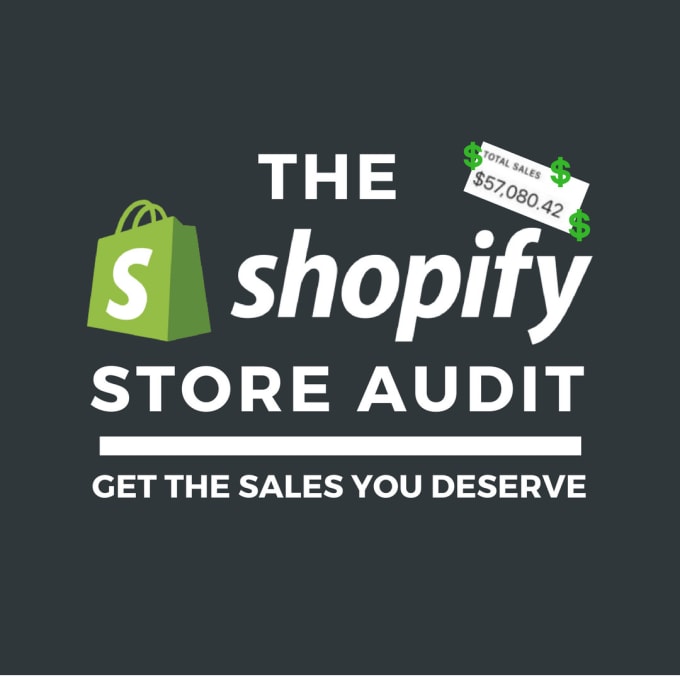 In the worst case, you can lose your account.
In the worst case, you can lose your account.
There are other difficulties that a business may face.
If you don’t have a constant influx of new subscribers, the number of outreaches decreases. Our task now is to ensure a constant influx of fresh subscribers.
“The audience has high requirements for brands. The account must comply with trends and actively adapt to new ones. And at the same time, there are high requirements for sincerity and openness,” explains Ekaterina Pyankova.
The influence of Instagram is based on visual imagery and on conveying emotions through text and video. If a person did not immediately respond to your offer, it is likely that in a second he will be distracted and fly away somewhere else.
For example, it’s not enough for a clothing brand to simply post a photo. The audience expects videos from production, promotions, contests, high-quality videos, user-generated content.
The audience of the social network is spoiled, any “respite” threatens with replies and loss of interest. You need to constantly post new exciting content and communicate with subscribers.
You need to constantly post new exciting content and communicate with subscribers.
How to increase user engagement on Instagram:
- Post real photos: anything that looks too photoshopped or perfect will turn off.
- Encourage user generated content. Ask customers to take a photo or video of your product and then post it to your feed or stories.
- Collaborate with others. You can expand your audience by partnering with different complementary brands. For example, if you sell sunglasses, caps or hats would be an addition.
Can Instagram disapprove ads?
Yes, if it violates Facebook's ad trading rules. For example, you cannot advertise illegal products and 18+ products. And there should be no hints of discrimination and violence in advertising.
They may not miss it by mistake - due to a failure in automatic moderation. In this case, you can challenge the decision, and the ad will be re-checked by a person.
Read also:
- Fulfillment for an online store: when is it necessary, how to prepare and how to save money
- How to enable payment by QR codes: business guide
- How to create a VKontakte store
How to add a product catalog to Instagram, how to tag products
Elena
Sergeeva Targeted advertising specialistAccording to Facebook Ads, 70% of users learn about new products from Instagram. To help sellers promote them, Instagram created the Instagram Shopping tool, which became available in Russia in March 2021. We will tell you why to connect this tool and how to set it up.
What is Instagram Shopping
Instagram Shopping, or Shopping, is a tool that lets you tag products in your posts and Stories. Instagram takes information about products from the catalog that the seller uploads.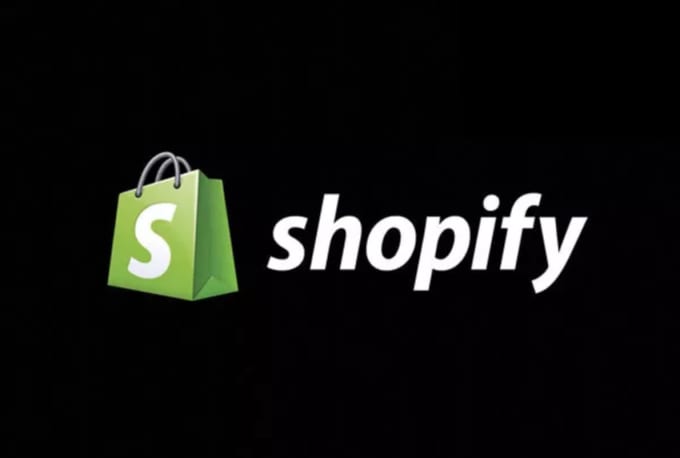
The profile with the option enabled looks like this:
There is a bag icon on the photo, which means that if you open a post, goods will be marked in it. Source: COSSeveral items can be noted in the photo. When clicking on shopping tags, users will see the price and description of the product, and will also be able to follow the link and place an order on the site.
In addition to prices and the products themselves, the user also sees additional information about them: in the description, you can specify the composition of the fabric, size, available colors, etc. The user can also view the item from different angles in the gallery or learn about other products of the online store All this without leaving Instagram.
To get to the catalog with goods, you need to click on the "View store" button. Inside the store, products can be grouped into thematic collections, such as new arrivals or gifts.
US residents can pay for items within the app using Facebook Pay. In other countries, including Russia, this option is not yet available: users follow the link on the product to an external site and pay for the order there.
In other countries, including Russia, this option is not yet available: users follow the link on the product to an external site and pay for the order there.
Why connect Instagram Shopping
- The selling element is integrated into the content , which is convenient for both the buyer and the seller. The buyer does not need to switch between applications and communicate with the seller to select a product and find out its characteristics. And the seller can do without the same type of posts in the “follow the link in the description” format.
- Sellers don't have to create multiple posts for different products: they can be placed on one photo. Adding products does not take much time, and you can mark them not only in posts, but also in Stories.
- Also can be found in automatic recommendations in the "Shop" tab, which appeared for some users. You can keep up to date with the latest from your favorite brands.
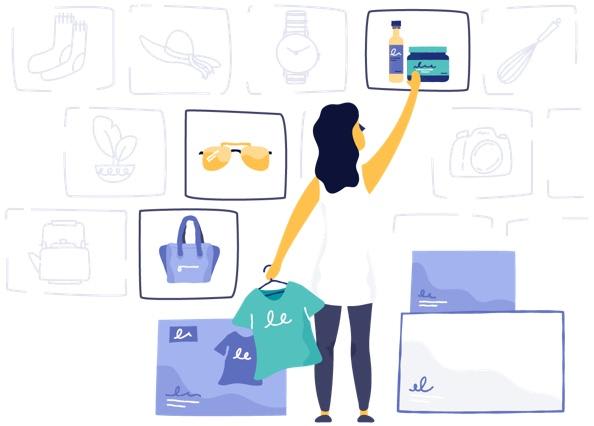
Setting up Instagram Shopping: Getting Started
- Check out Facebook Ads Trade Agreement for product requirements, party responsibilities, and more. For example, Facebook prohibits the sale of replica brands and any infringing products rights, and in order for the system algorithms to work correctly, the advertiser must agree to the transfer of data from his site. Violation of the trading agreement can result in account suspension.
- Create an Instagram account - for business or for the author. You can't post items on your personal profile. How to set up a business account on Instagram, we tell in the instructions.
- Link your Instagram account to your Facebook business page . For more information on how to do this, we have described in the article. If you don't already have a business page, create a Facebook Business Manager account first, you'll need it to set up your store in Commerce Manager.
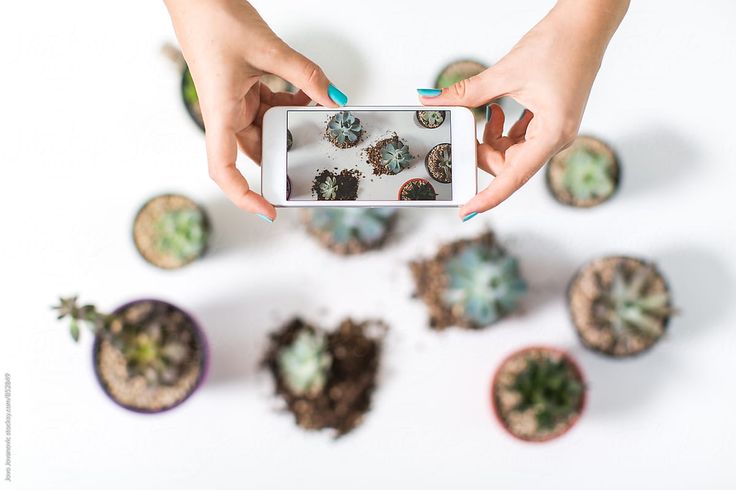 With Business Manager, you can manage your Facebook and Instagram accounts and pages, and assign people who can work with them.
With Business Manager, you can manage your Facebook and Instagram accounts and pages, and assign people who can work with them. - Download product catalog . The new catalog is created in Facebook's Commerce Manager, a section within the social network where you can manage your inventory and sales. If you already have a catalog, you can add it using one of the partner platforms: OpenCart, WooCommerce, Shopify, etc. We will talk about this when we go through the setup.
In the catalog you can
- Manage products: create them, edit the image, description, price and other important characteristics.
- Combine products into collections to show customers exactly what they are interested in.
- Give access to product management to other people or partner companies.
- Set the country and language so that buyers see the correct information and prices.
How to add products to Instagram through Commerce Manager
Sign in to Commerce Manager, also found in your ad account.
The system prompts you to create a shop or catalog. The store is a single storefront for Instagram and Facebook, which is available to companies with physical goods. To promote products on Instagram, click Add Catalog. Choose the type of catalog depending on the subject of your business, e-commerce is suitable for online stores.
The next step is to configure the parameters and method for loading products. From the drop-down list, select the advertising account to which the catalog will be linked.
You can create a catalog yourself - by uploading a spreadsheet or by connecting a pixel - or through integration with one of the partner platforms. In the second case, the goods will be loaded from an existing online store.
Click the "Create" button - the catalog is ready.
Important : the catalog must contain exact prices and information about the availability of each item. In addition, the rules for returning goods must also be indicated - on the store's website or in the Instagram account.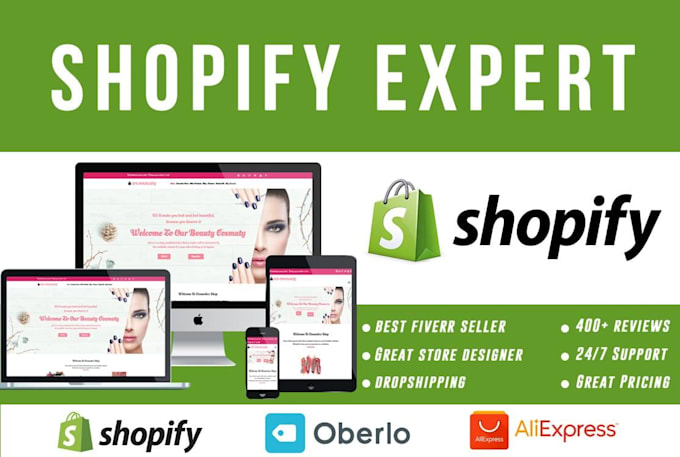
To proceed with product creation, select the desired catalog in Commerce Manager and then click Add Products.
Add products using one of the following methods:
- Manually - this method involves filling out a form for each product and is suitable for companies with a small assortment.
- Via a data feed (spreadsheet). You can download many products at once and set up regular updates. Files in CSV, TSV and XML (RSS/ATOM) formats are supported, as well as Google Sheets.
- Automatically - through integration with one of the partner platforms. In this case, the goods will be loaded from the existing store.
- Using the Facebook pixel. If you haven't installed the pixel yet, we recommend contacting the webmaster.
If you choose to download manually, a form will open. In it you need to add the name of the product, its description, images, link to the site and price. The system will tell you which data is not required.
After completing the form and uploading, the products will appear in your catalog.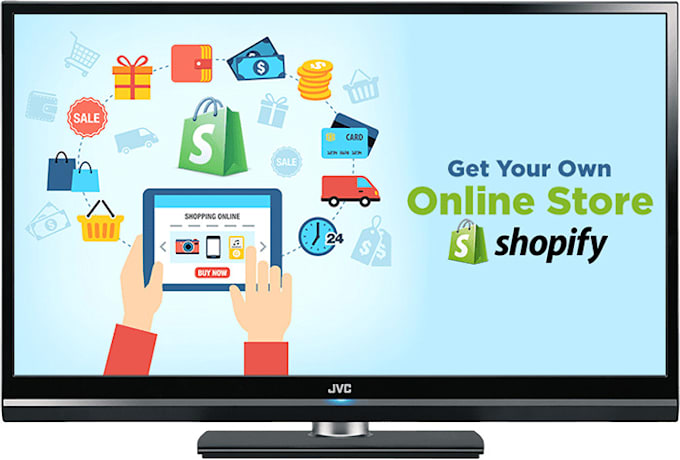
How to create a collection with products
Inside the catalog, products can be grouped into collections: for example, by subject, season, upcoming holidays, etc. Collections help sellers to get to the user's interests more accurately, and users to quickly select goods.
You can create not only the standard collections, but also those that will attract more attention, such as "Top 10 coats" or "Gifts for best friends".
You can combine products into groups manually or using filters, for example, if there are a lot of products.
At the final stage, specify the name of the collection and click the "Create" button.
After creating a product catalog, you need to send an account for verification. The verification may take several days.
How to add products to Instagram
To add a catalog to Instagram, go to the "Settings" section in the application and select the "Company" tab.
Then click "Set up Instagram Shopping" and follow the prompts.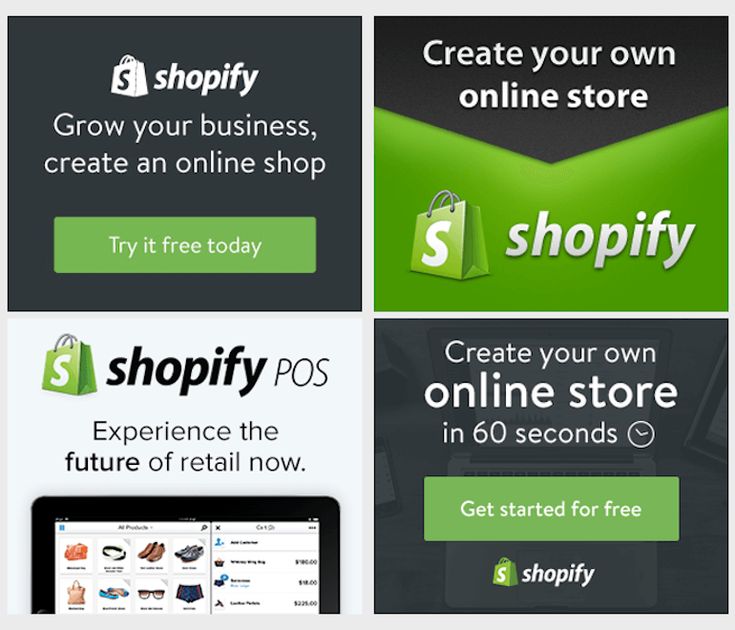
If the catalog passes the check, a "Purchases" section will appear in your Instagram account. Once your account is approved, turn on Instagram Shopping. To do this, in the "Purchases" section, select the product catalog that you want to connect, and click "Finish".
How to tag an item
To tag an item in a post, start posting as usual - add a photo and post text, and then follow these steps:
- Click Mark Items.
- Find the product you need and select it from the catalog.
- Click "Done" and share the post with your followers.
You can also mark the product in Stories. To do this:
- Select an image to publish and click on the sticker icon in the upper right corner of the screen.
- Select the product sticker and the desired product in the catalog.
- Tag a product with a sticker and share your story with your followers.
Up to 5 products can be tagged in one photo, up to 20 in total in the gallery.

